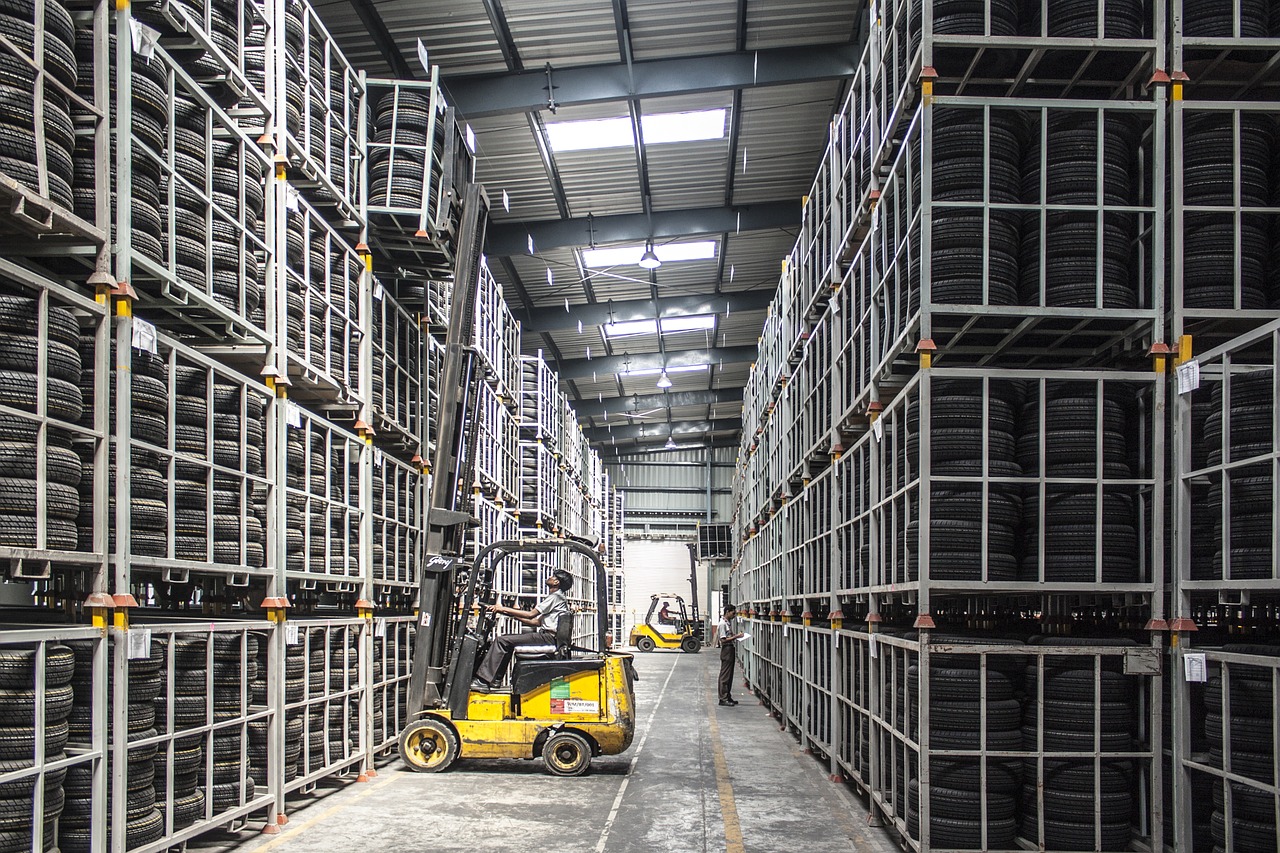If you’re thinking about starting a warehousing business, or you already run one, you should know which things your business should have. It’s not about only owning a warehouse, you should also have proper management.
Apart from that, there’s necessary equipment and tools you should have to improve productivity and efficiency. So, let’s discuss what proper warehouse management involves and the equipment your warehousing business needs.
Proper Warehouse Management
For proper warehouse management, you should take care of the inventory, shipping, supply, etc. Take good care of these things because they can help improve the business. Of course, proper management improves productivity.
Different warehouse management systems involve keeping track of the inventory. Where’s the product stored in your warehouse, what are its variations, and so on? It’s best to get a good inventory management system to do this.
Shipping is also part of the inventory management system because if there’s a mistake in the inventory management system, there might be errors in shipping as well. One of the most annoying things that can happen is those wrong things get shipped.
It’s necessary to assess the demand as well. Making predictive assessments of the demand for some inventory can help you manage how you buy it. You don’t need to overstock or purchase a surplus, just carefully manage it.
Finally, by doing all these things, you ensure that your storage space is an appropriate fit. Don’t let your storage space run out and optimize its use.
There are a lot of warehousing businesses in Australia that keep close track of these management tips, but they still might lack some necessary equipment.
Things Your Warehousing Business Needs
Apart from a proper warehouse management system, your warehousing business also needs some essential equipment. There’re conveyors, storage systems, inventory handling systems, and packaging tools.
Conveyors
Conveyor systems move materials or resources from point A to point B. Their purpose is to eliminate the need for transportation by people. They’re extremely useful in packaging and other industries, and there are three types to look at:
- Gravity systems: These are a great cost-effective material handling solution. They’re called gravity conveyor systems because, with the help of Earth’s gravity, the products move across the conveyor.
They’re sloped so that items placed on the conveyor can slide down. It’s a suitable solution if you’re looking to save up on costs.
- Flexible systems: You can easily change the flexible conveyor systems. You can manipulate them to benefit your warehouse’s needs. If the main entrance is blocked on its left side, you can move the conveyor system to the right without dismantling it.
- Powered systems: Of course, you can have a powered conveyor system where you use electricity to move products from one point to another. You can also have a powered flexible conveyor system in your warehouse. This might boost efficiency even further.
Storage System
You need to have a good storage system in your warehouse to make everything flow like a river. To have a good storage system, you can’t just take boxes and metal shelves and think that you’re done, and that’s an excellent system. Based on the type of warehousing business, you need to think of proper shelving:
- Steel shelving: It’s one of the most common shelving types, and it’s a brilliant solution for your warehouse. No matter what you store in it, the steel shelves are going to handle it. They have great durability, and you don’t have to buy new ones either. That can save a few bucks.
- Specialty racks: These help you use your storage effectively because you can densely store different materials. Especially if some materials are flexible and prone to change, like carpets or tires.
- Pallet racks: It’s a great system where you can store different materials on pallets, and if the materials are not as heavy as some that would go on steel shelves, then pallet racking is the way to go. It’s cheaper than the two previous types.
- Bulk rack shelving: It’s very durable, and it’s easy to fit it into a smaller space. You can use these to maximize your warehouse storage use, or when you need something stored only once.
- Rivet shelving: It’s like the steel shelving system because of its durability, but there are no bolts or clips. You can easily assemble the shelves. Another significant thing about it is that you can add as many units as you need.
Material handling
A suitable material handling system should be part of every warehousing business. If you already have one in place, that’s great, but if you’re looking for advice on what it should include, then these are some key points:
- Hand trucks: You need good warehouse hand trucks that your employees can use. If you opt for a cheaper solution, make sure you stock up on these, because they can break and you’ll need a replacement immediately.
- Pallet jacks: Pallet jacks are extremely handy because you don’t need a forklift to pick up a pallet, and they can carry lighter materials. If you choose a pallet racking storage system, then this is the way to go.
- Forklifts: If you’re into heavier storage, then you need forklifts. You can decide to buy them, or you can find forklifts for hire. We have a brilliant suggestion for forklift hire in Brisbane.
Packaging tools
Finally, a key factor in great warehousing is the packaging. That’s where you’ll need industrial scales, packing tables, and stretch wrapping machinery. All these things are critical to maintaining your warehouse’s reputation.
















